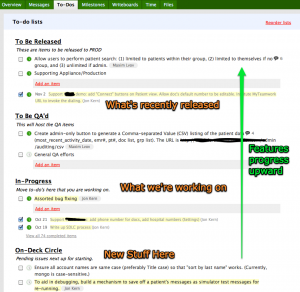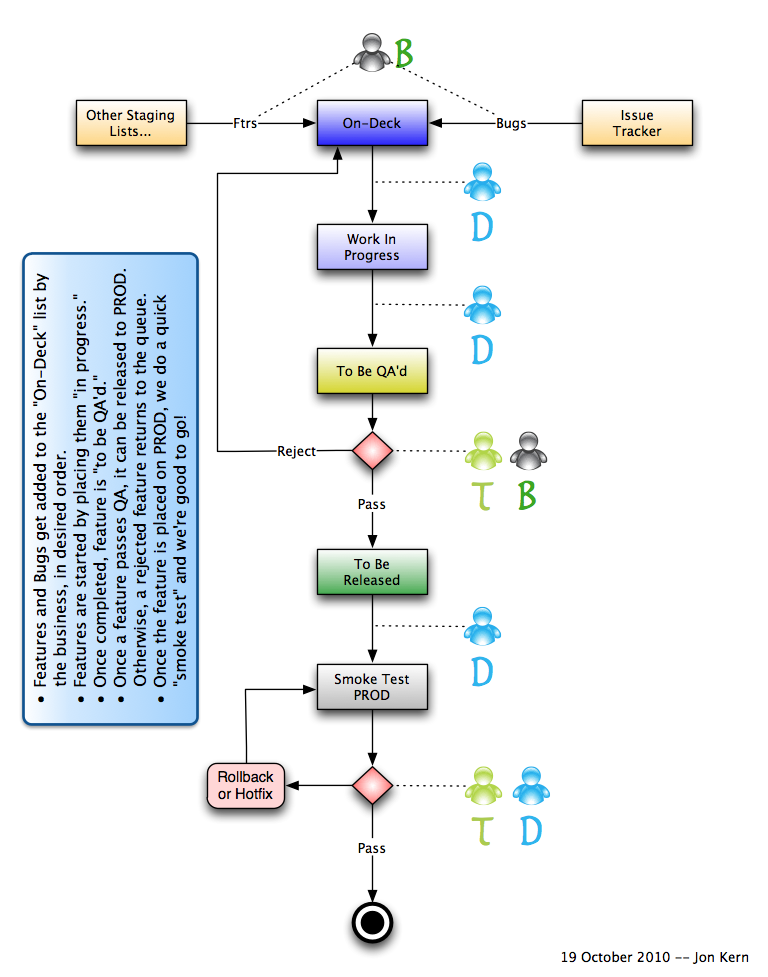Wow, it was a shock to read Gerald Weinberg’s “A Code of Work Rules for Consultants” blog.
While reading the lead-in to his list, I kept finding myself saying “really?” and “ugh!” I enjoy being blissfully ignorant and sheltered, I guess. Here is Gerry’s list:
- I will not work for an organization whose goals are not consonant with my beliefs.
- I will not work on projects whose goals I do not understand, or cannot agree with.
- Before becoming part of a project, I must first obtain agreement on what percentage of my time I can (and must) spend on continuing professional development, and what resources will be provided me for that purpose.
- I will not work under measurement schemes that pit one person’s performance against another’s. Rather, I will co-operate totally to help others in the project achieve their full potential, as I expect them to help me do.
- I will not accept work without understanding what is to be done, and why. Nor will I pass work to others without their similar understanding.
- All my work will always be open and available for critical comments (circumscribed, as appropriate, by security considerations). Furthermore, I will always stand ready to review the work of others in exchange for them returning the service to me.
- As long as the above conditions are met, I will devote myself in the utmost to achieving the goals of my client and their project.
It’s almost a shame that Gerry had to post this list — in that it reflects a state of affairs that he and others have observed (I trust). I naively assume everyone innately follows Gerry’s rules — as I think I have done my entire 35 years of working (including starting out having a paper route in middle school and washing dishes at 15).
Knowing better, however, that your picture of reality is just that, I always advise that folks (employees and consultants, alike) need to be financially sound/independent. If you live paycheck-to-paycheck, it is harder to buck the system than if you have a 6-month or greater cushion of savings.
TIP: Just start out with small goals, putting savings aside until you have one month of living expenses. Before you know it, you will have two months, six months, a year or more! It is truly liberating to have that cushion! Naturally, incur as little debt as possible so you are not haunted by that “anchor.”
So, to Gerry’s initial list, I humbly suggest he add the following:
“8. Be financially sound so that you can stay true to your principles and not be chained to a paycheck.”


